
Hi there,
I spent all of last week on cloud native Twitter so you don’t have to. 😉
Let’s get bakin’.
Do you really need a product manager for your Internal Developer Platform?
The short answer is yes. Platform as a product and product management go hand-in-hand.

Like any other product, platforms are optional to use, carefully designed to make using them easier and evolve as technology changes. As such, it’s important to apply the same principles and processes to platforms as you would to products.
PMs drive user research, build trust with your customers (the developers, ofc), and ensure that your platform team is receiving reliable feedback on the product.
But Luca, you say, we don’t need a PM.
I’ve heard that before, among some other reasons organizations give for not hiring a PM. Here’s my take:
1. “PMs are too expensive”
But they’re much cheaper than building a platform your developers don’t want or won’t use.
If you think your PM won’t be effective, it’s time to restructure your project management, not give up entirely.
2. “Our engineering managers can do it instead”
This works in some situations, but not all. Engineering managers are usually focused on getting their projects completed on time and up to standard. It’s not the same as a role devoted to understanding and meeting your customers’ needs.
3. “We can just mandate usage and not worry about it”
Trust me, you’ll end up worrying about other things.
Developers will resent being forced to use a platform, especially if they believe their needs weren’t considered or prioritized when it was made.
They might also decide to continue using their own tools and solutions anyways, creating “shadow infrastructure.” When this happens, your platform is no longer providing value and you’re opening yourself up to more security risk to boot.

4. “The platform team already knows what developers need”
Do you really, though? 🙃
Unless you’re a mind reader, you’ll want to do user research to really understand your developers.
Knowing the problem and having a solution isn’t enough. You have to know how your solution can make your developers’ lives easier (if it does at all)
Don’t do this work, and you’ll wind up with features folks don’t need and won’t use.

🥐 Observability is gaining traction. But what does "observability" actually mean? Hashicorp SRE Dan Slimmon writes:
Everybody wants to build observable systems, then make their systems more observable, and then get some observability into their observability so they can observe while they observe.
Incoherent, right? In this article, Dan proposes one more concrete definition.
🥐 PlatformCon 2022 proved once more the growing popularity of Platform Engineering. Aeris Stewart highlights the key takeaways from the conference in this article written to The New Stack.
🥐 If you are a member of the Platform Engineering community, this post by Gartner's Research VP Manjunath Bhat will brighten up even the 💩-iest day. Platform Engineering is now officially helpful for improving developer experience 👇 Big day for the platform engineering space!

🥐 Calling all Product Managers! Looking for handy resources? Sarah Tolle did some homework 📚 for y'all and listed 13 top product management blogs and websites of 2022.
🥐 And as said last time, no newsletter is complete without a meme 😉

And that's it for issue #2. Hope you found it useful (if so, share it with friends👇).
This is a community-driven newsletter, so if you have anything 🔥 to share from the cloud native world, send it our way. You can collaborate with us here.
Stay crunchy 🥐
Luca



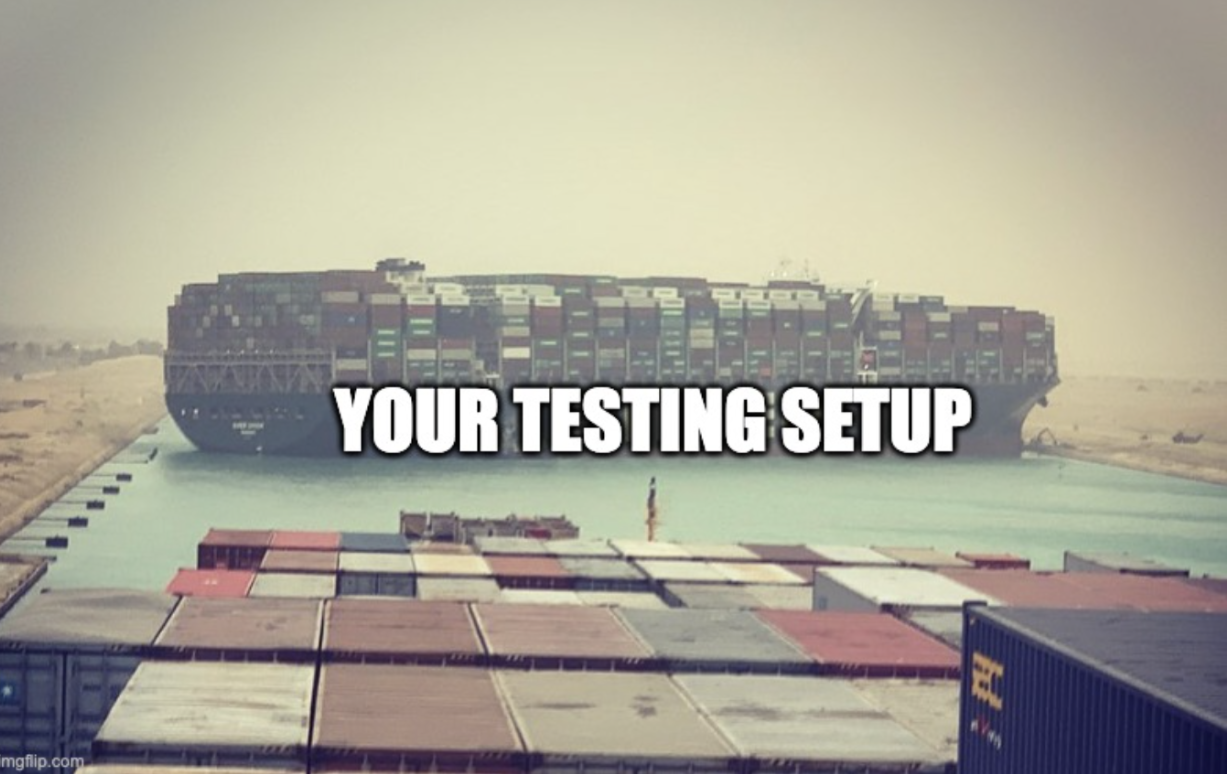



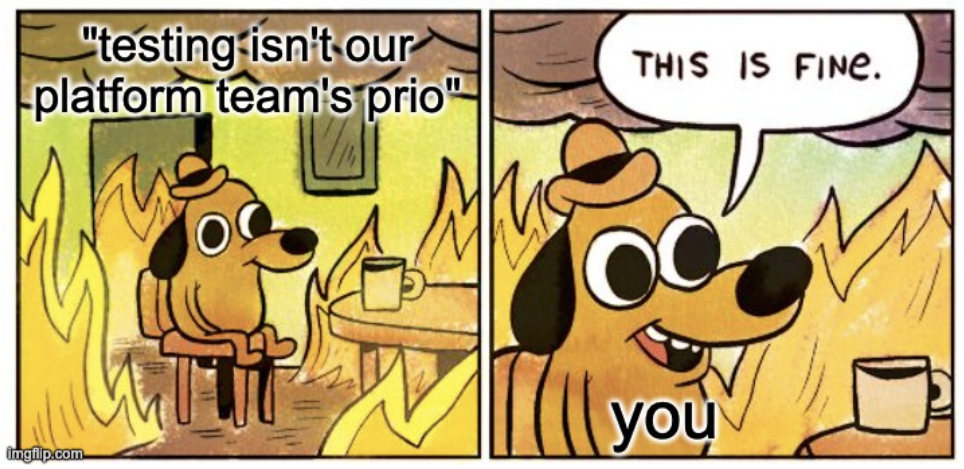
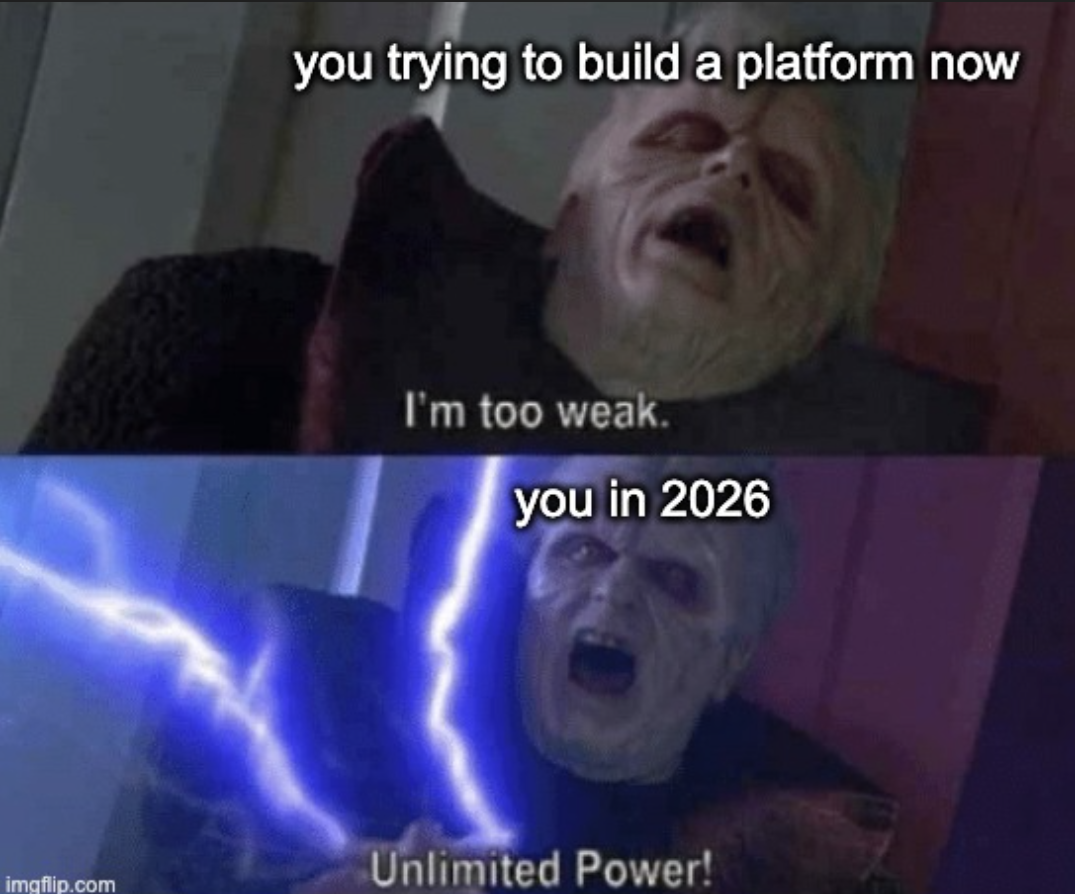
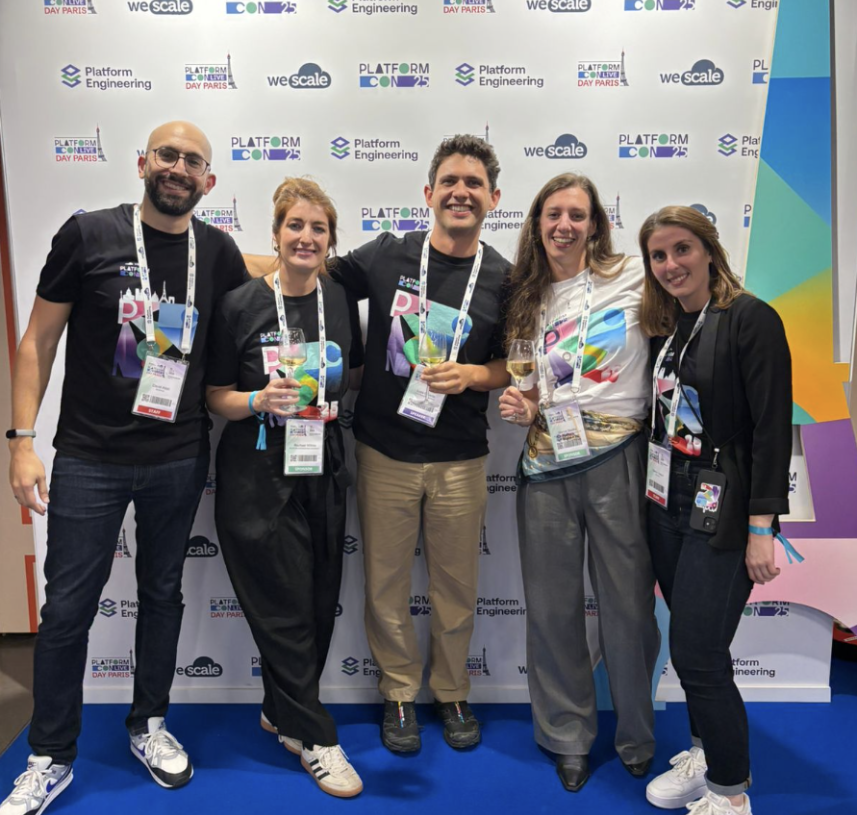



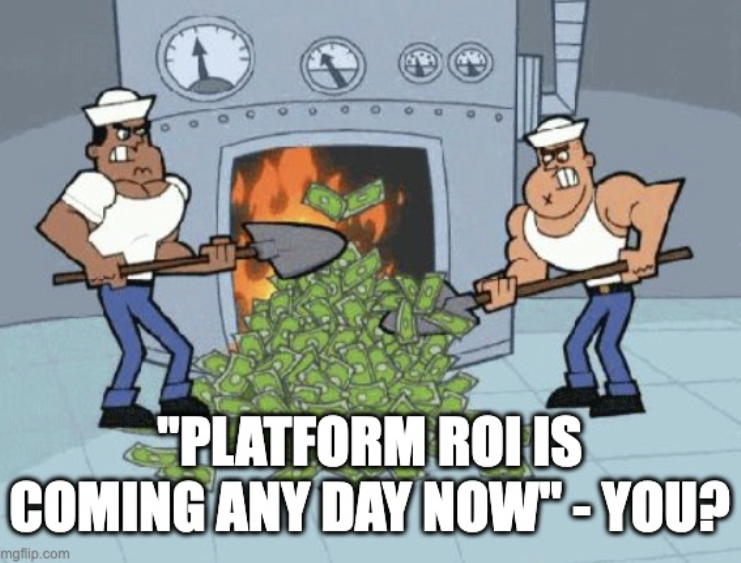

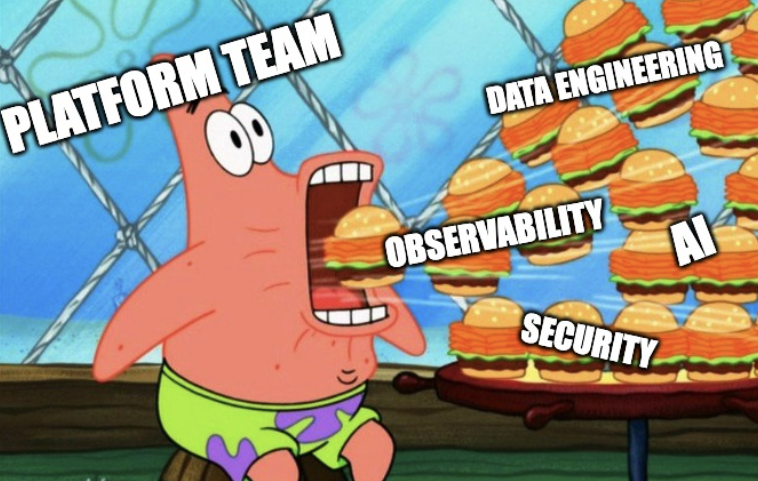
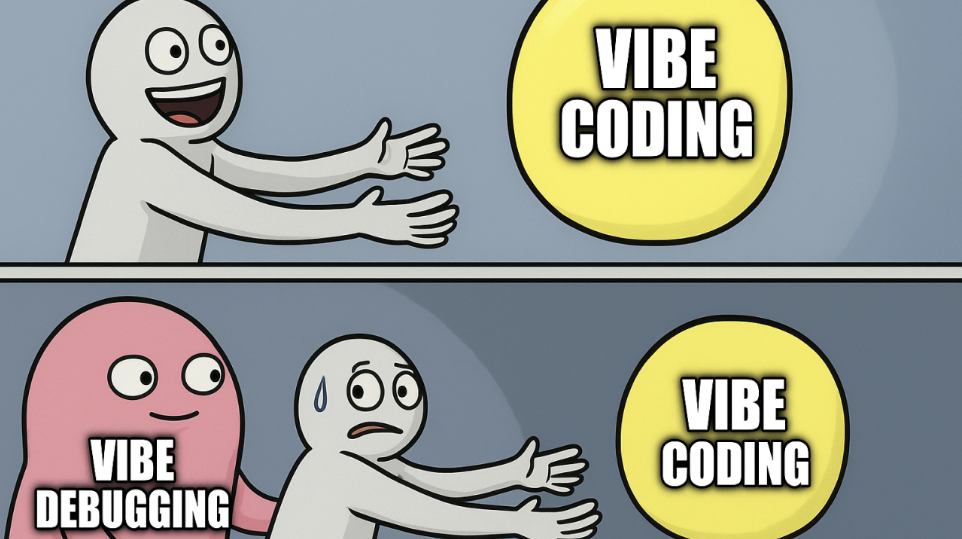

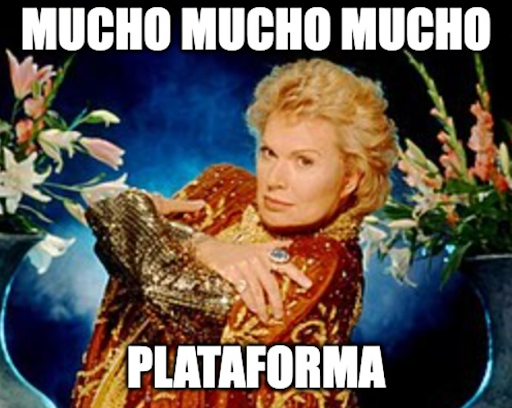
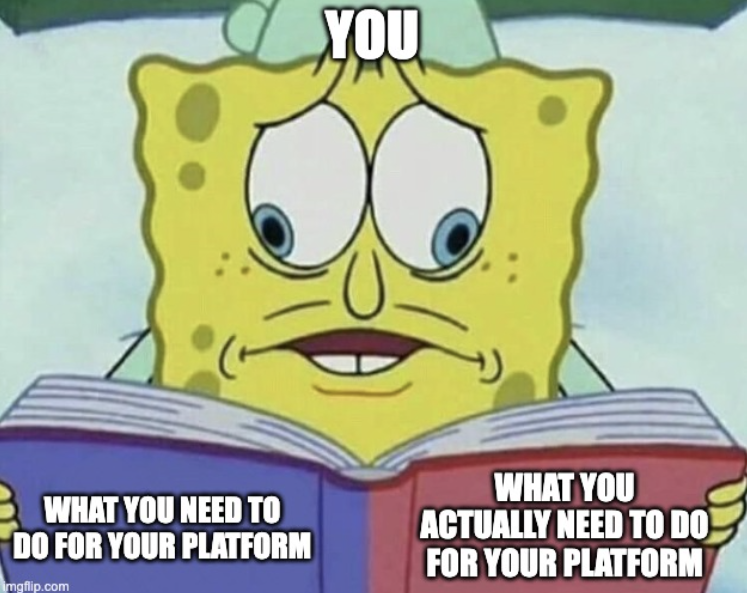
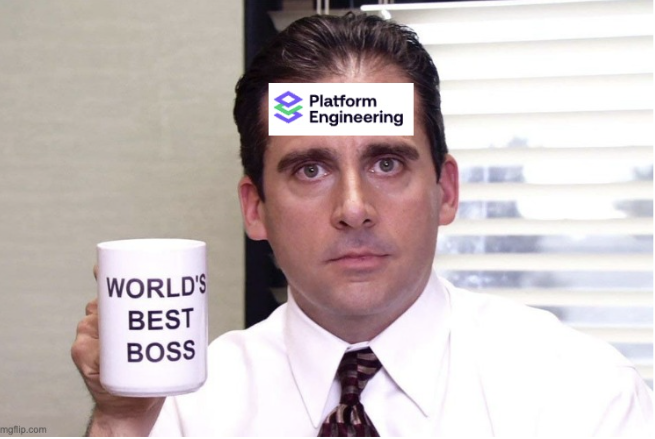
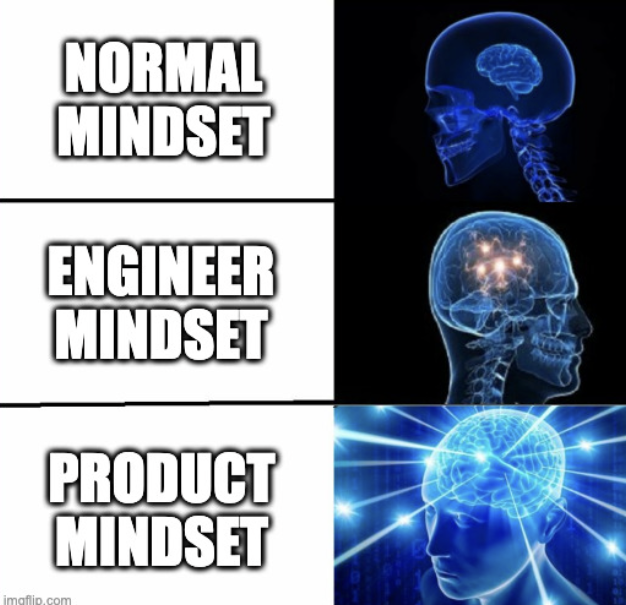

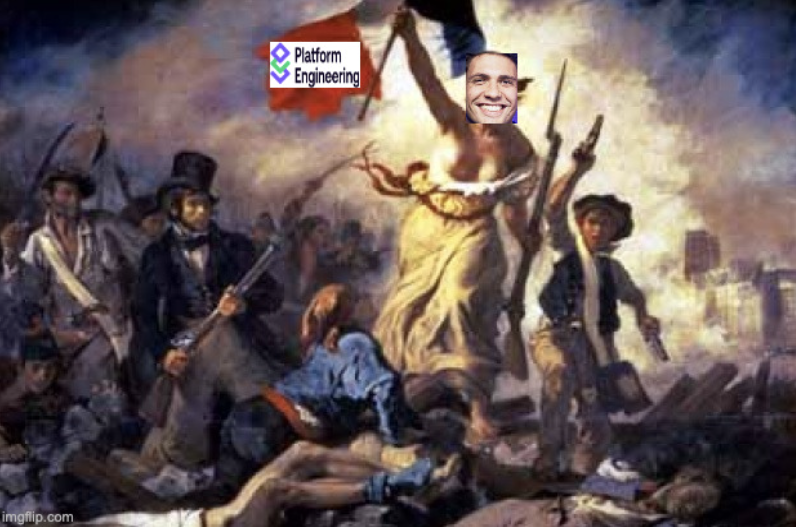
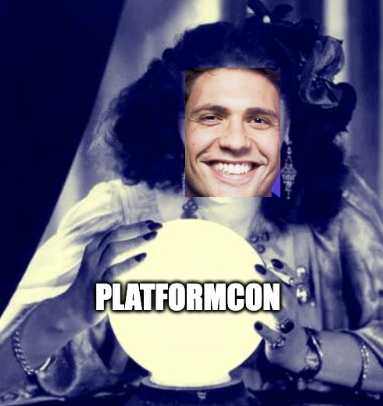
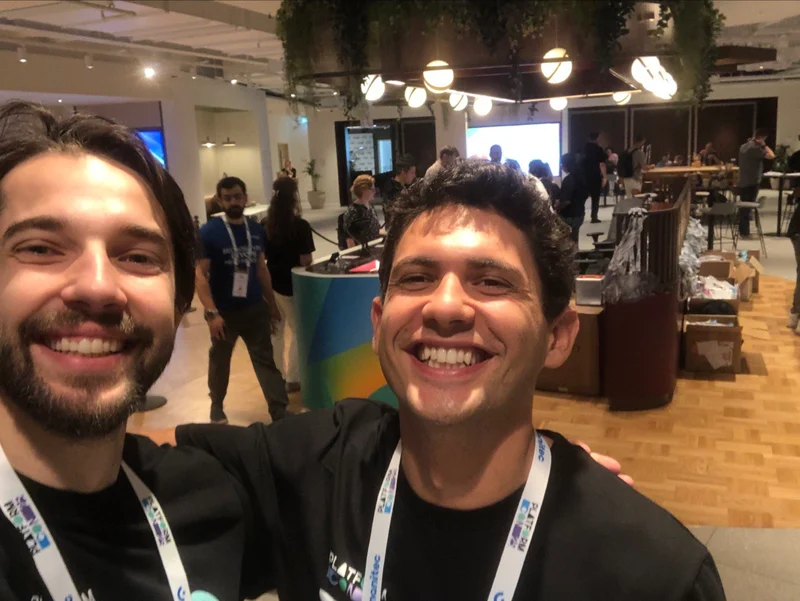

.webp)
.webp)



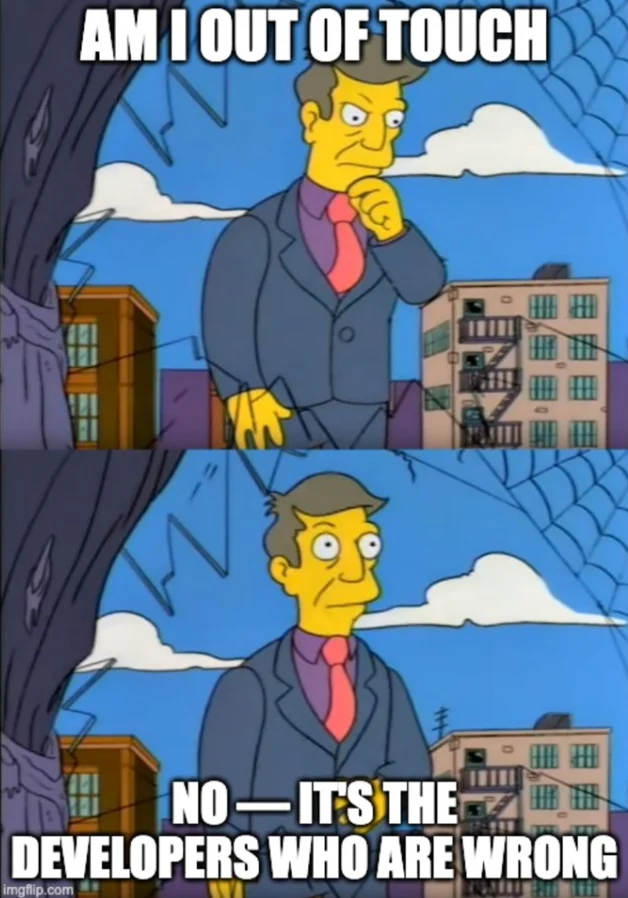
.webp)
.webp)

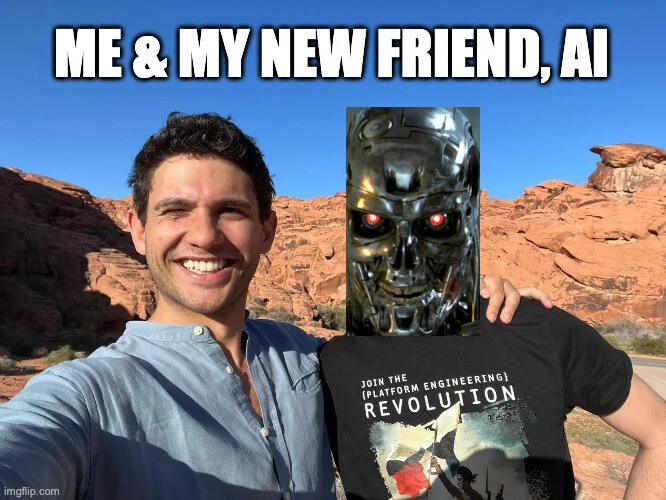
.webp)
.webp)
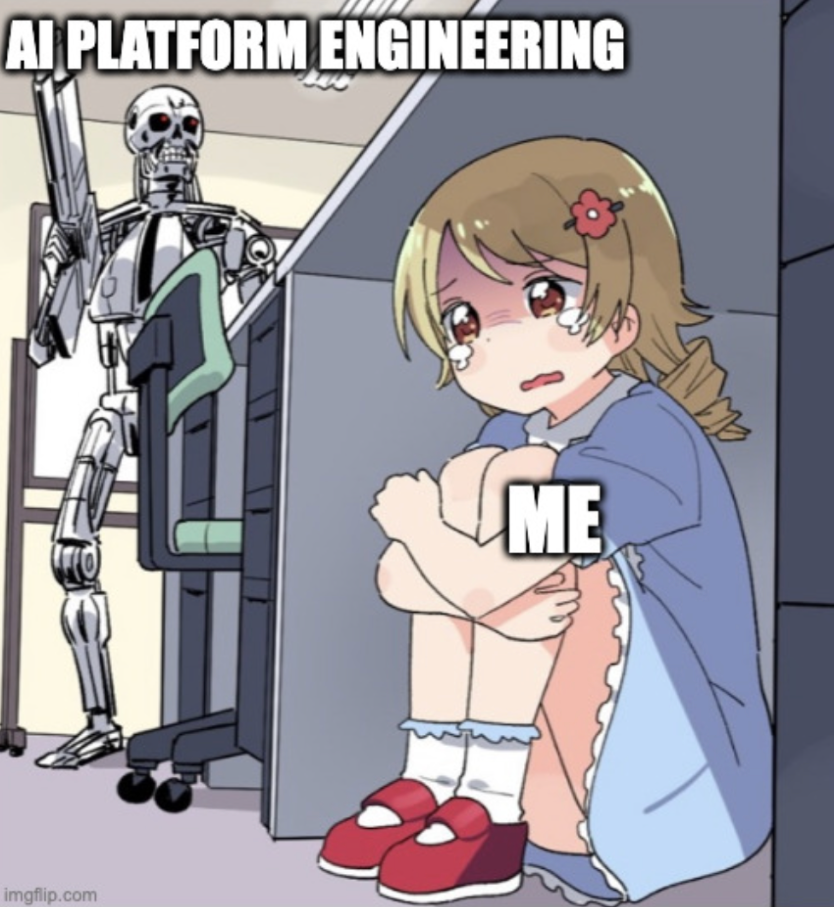
.webp)


-1.webp)














.jpg)
.jpg)
.jpg)
.jpg)
.png)
.jpg)
.png)
.jpg)
.jpg)
.jpg)


.jpg)
.jpg)
.jpg)
.jpg)
.jpg)
.png)
.jpg)
.jpg)
.jpg)
.jpg)
.jpg)
.jpg)
.png)
.jpg)
.jpg)
.jpg)
.jpg)
.jpg)
.jpg)












